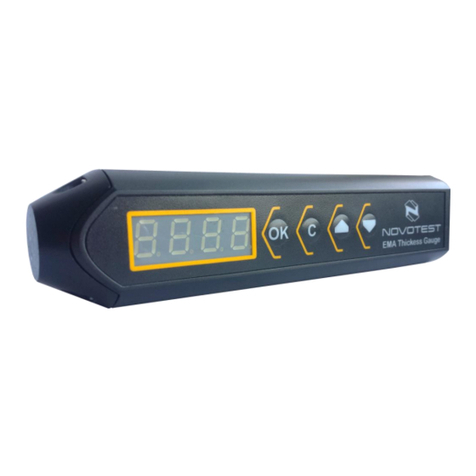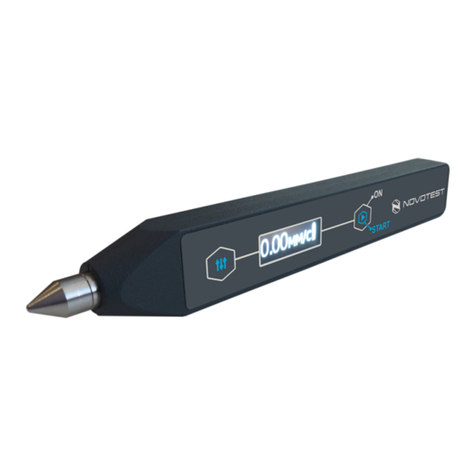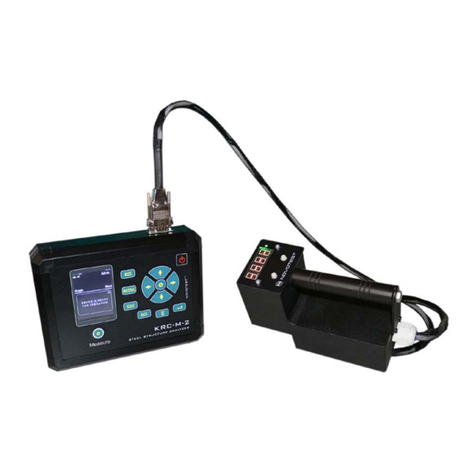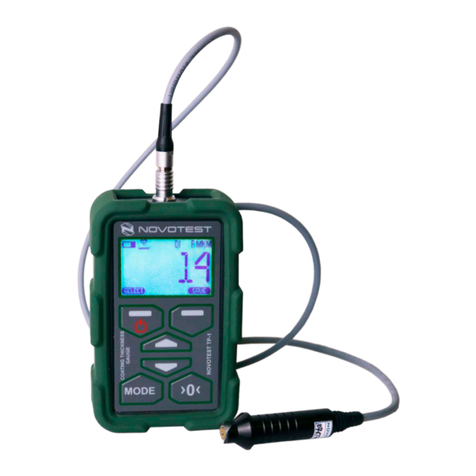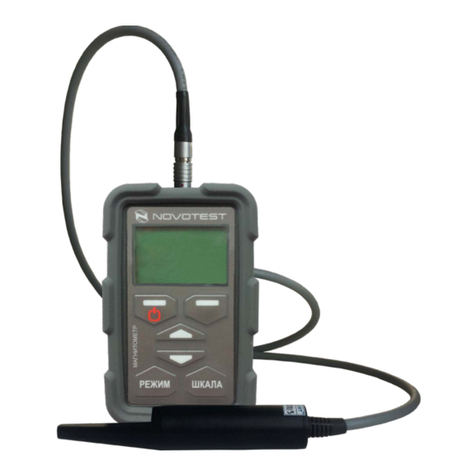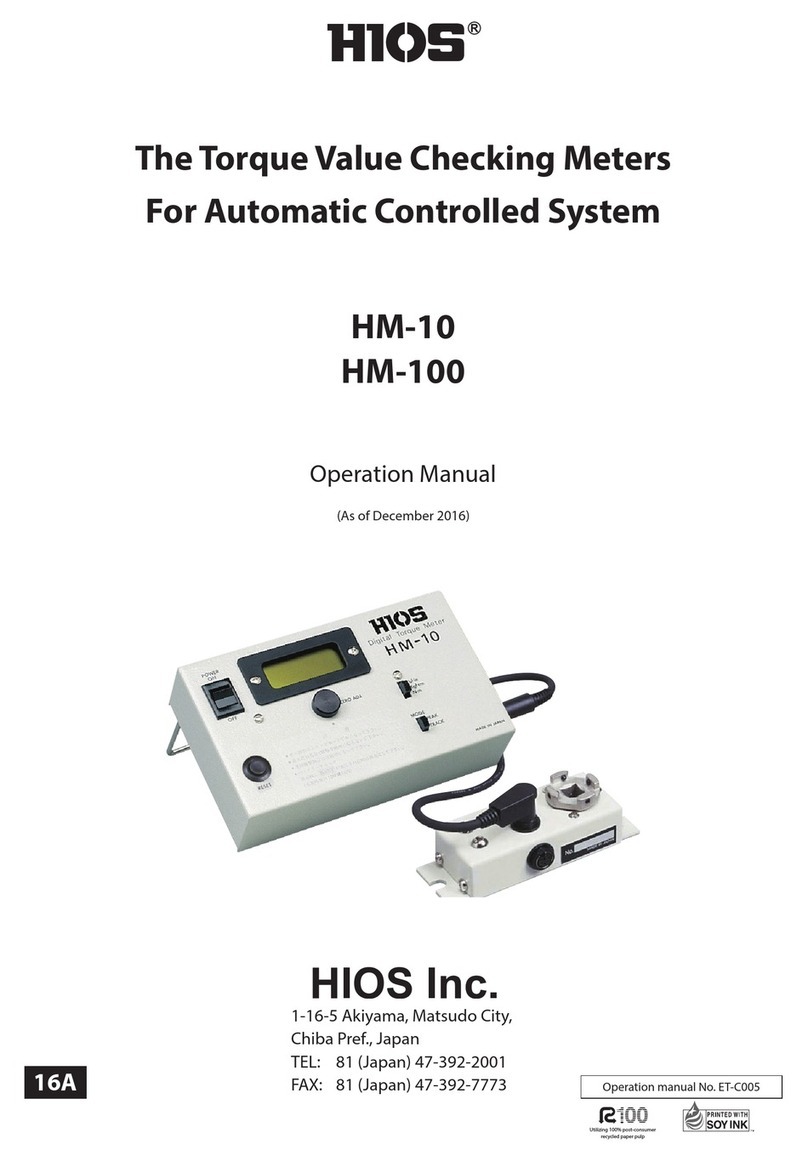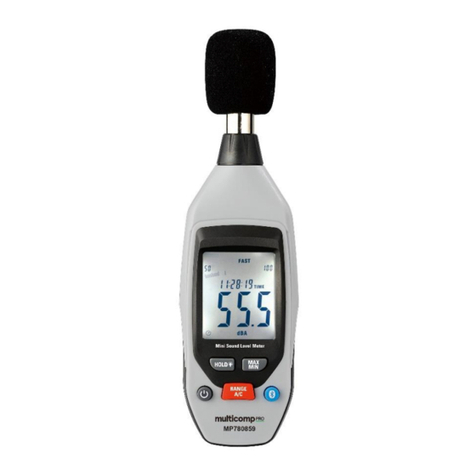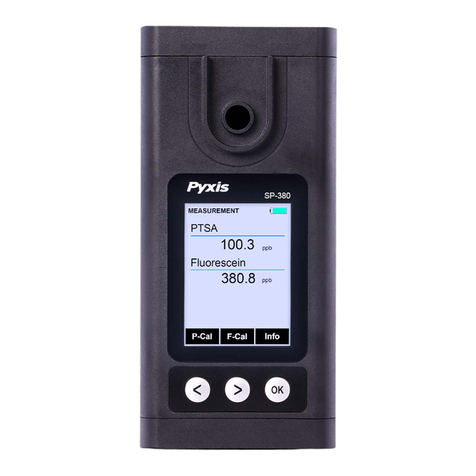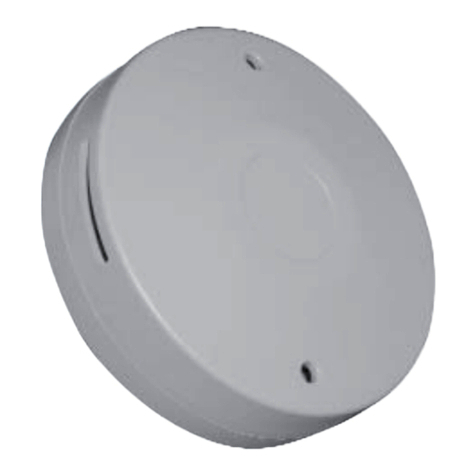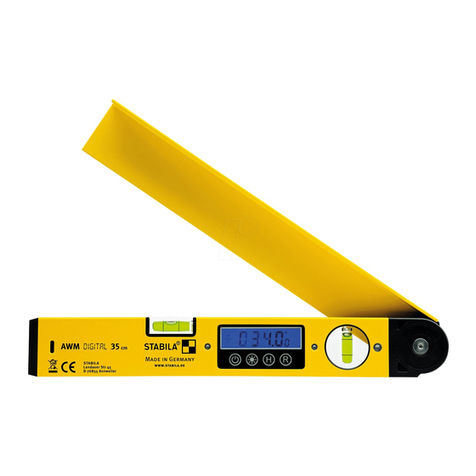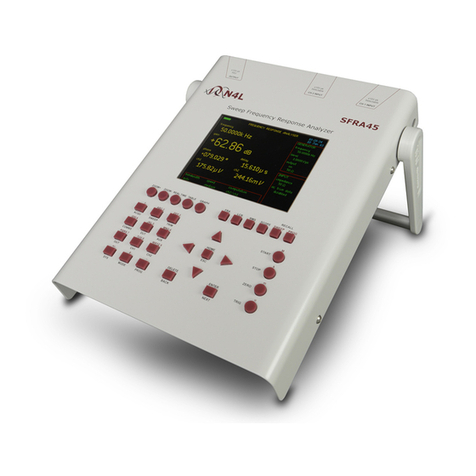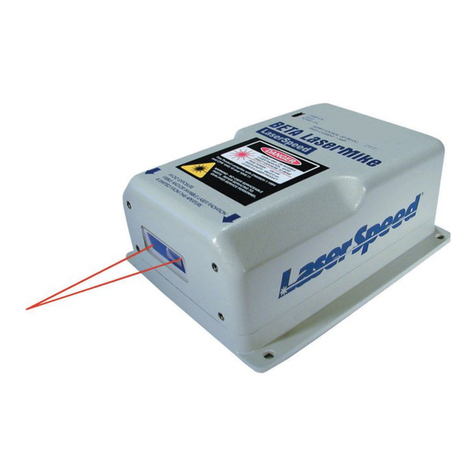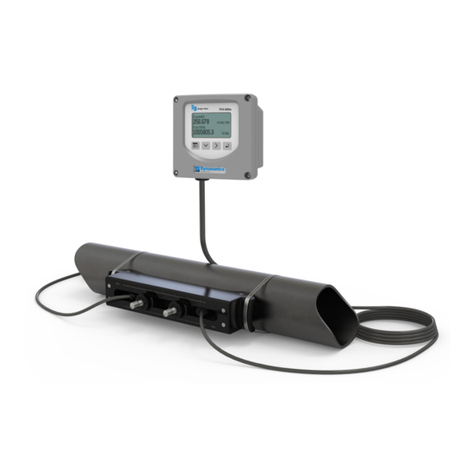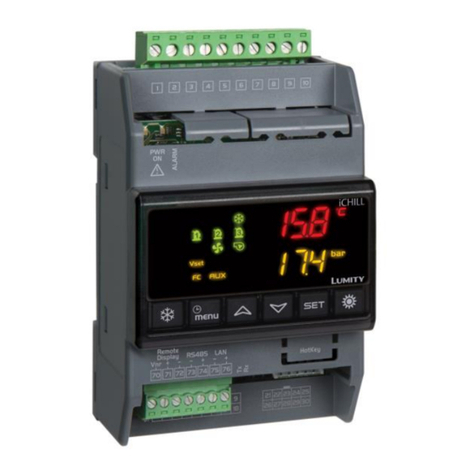NOVOTEST T-UD3 User manual

HARDNESS TESTER
NOVOTEST Т-UD3
Operating Manual
2016

Development and manufacturing of non-
destructive testing equipment and system
Hardness tester NOVOTEST T-UD3
2
CONTENTS
1. Introduction 2
2. Appointment 2
3. Specifications 2
4. Packing list 5
5. Principle of operation 5
6. Preparations for operation 7
7. Basics of operation 8
8. Operation 9
9. Hardness measurement 19
10. Measurement modes 30
11. Calibration 36
12. Technical maintenance, special conditions of operation 48
13. Precautions and trouble shouting 50
14. Manufacturer’s guarantee and service maintenance 51

Development and manufacturing of non-
destructive testing equipment and system
Hardness tester NOVOTEST T-UD3
3
1. Introduction
The following operation manual explains the preparation, setup,
principles of operation, usage, and troubleshooting of the hardness
tester NOVOTEST T-UD3 and its versions T-U3, T-D3.
Please, read this instructions carefully for operate the hardness
tester NOVOTEST T-UD3 functions quickly and effectively.
In doing this you will be able to take full advantage of the function
range of the instrument. At the same time, you will also avoid errors
and wrong operation which in turn would cause incorrect test results
and thus could lead to injury and damage.
2. Appointment
The hardness tester NOVOTEST T-UD3 is handy, easy to operate
and can carry out tests quickly without any difficulties.
Hardness tester NOVOTEST T-UD3 is mainly suitable:
• for measurement hardness of low and non-alloyed steels;
• for measurement hardness of high-alloyed steels;
• for measurement hardness of nonferrous metals.
3. Specifications
3.1. Calibration scales
Device has 88 calibration scales of hardness that conventionally
divided into eight scales and eleven materials for each:

Development and manufacturing of non-
destructive testing equipment and system
Hardness tester NOVOTEST T-UD3
4
Each of the scales can be additionally calibrated by 1 or 2 points.
Also, the unit measures in Leeb scale (with rebound probe) and
Tensile strength, through the automatic recalculation of the Brinell
scale.
3.2. The limits of permissible basic error of measurement
Hardness scale
Error
Rockwell C
±2
Brinell
±10
Vickers
±15
Leeb
±15
Tensile strength
Not rated
3.3. Working conditions: from -20°C to +40°C
3.4. Overall dimensions
Name
Overall dimensions, mm
Information processing unit
160x75x30
UCI probe
Ø25х140
Rebound probe
Ø20х150

Development and manufacturing of non-
destructive testing equipment and system
Hardness tester NOVOTEST T-UD3
5
3.5. Weight of the instrument and probes
Name
Weight, kg
Information processing unit
0,25
UCI probe
0,125
Rebound probe
0,25
3.6. Power supply
Battery operation: three 1,5V AA rechargeable batteries.
NiCd (approx. 6 hours operation) or NiMH (approx. 10 hours
operation).
NOTE: Do not allow using of non-rechargeable cells!
3.7. To save battery charge in the menu there are settings of device
auto switch off and brightness of the display.
3.8. Requirements of the test material
Surface roughness, not more, Ra
UCI (10N) probe U1
UCI (50N) probe U1
Rebound probe D1
1,5
2,5
3,2
Radius of curvature of the surface, mm
UCI probe U1
Rebound probe D1
5
10
Weight of the test material, not less, kg
UCI probe U1
Rebound probe D1
0,1
5
Thickness of the test material, not less, mm
UCI probe U1
Rebound probe D1
1
10

Development and manufacturing of non-
destructive testing equipment and system
Hardness tester NOVOTEST T-UD3
6
4. Packing list
4.1. Information processing unit 1 pc
4.2. Probes:
UCI (10N) __ pc
UCI (50N) __ pc
UCI (98N) __ pc
Rebound (Leeb) __ pc
4.3. Charger 1 pc
4.4. Battery 3 pc
4.5. USB cable 1 pc
4.6. Operation manual 1 pc
4.7. Hardness test block __pc
5. Principle of operation
5.1. Rebound method
Rebound probe consists of an impact body and the capture. The
impact body has a carbide tip and a permanent magnet for
generating a voltage pulse; the impact device has a spring
mechanism for loading and impelling the impact body, and an
induction coil for detecting the magnet in the impact body. In the
rebound hardness testing method, the speed variation caused by
the impact of the impact body against the material surface is
measured.
The impact energy is adjusted via the spring for the measurement.
The impact body contained in the tube of the impact device is
impelled against the test surface by means of the release button. In
the course of this, the magnet of the impact body induces in the coil
a voltage signal whose height is proportional to the impact phase
speed. The impact causes a plastic deformation of the material and

Development and manufacturing of non-
destructive testing equipment and system
Hardness tester NOVOTEST T-UD3
7
a permanent spherical indentation is produced in the surface. This
plastic deformation leads to a loss of energy of the impact body and
thus to a lower speed after the actual rebound phase.
The speed ratio is determined exactly at the moment of
impact/rebound by means of the special signal processing. The
speed ratio is therefore unaffected by the impact direction. As
opposed to this, other rebound hardness testers require presetting
of the impact direction in fixed steps (influence of gravitation on the
speed ratio) - which constitutes a considerable disadvantage with
frequently changing test positions.
5.2. UCI method
The Vickers diamond is fixed to the tip of a round metal rod. This
metal rod is excited, to its resonant frequency of approx. 78 kHz,
into longitudinal oscillations. When the Vickers diamond contacts the
sample surface, the resonant frequency will change. This change
happens in relation to the size of the indent area from the Vickers
diamond. The size, in turn, is a measure for the hardness of the
tested material. Resonant frequencies can be measured very
accurately. This is why the UCI method is suited to make the
evaluation of Vickers indents, and thus of the complete test
procedure, so much easier and quicker.
There are also two additional advantages:
- the measurement is made under load. (No impairment of the
measurement due to elastic resilience);
- the hardness measurement is based on the area of the indent and
not on the length of the indent diagonals.
The measurement is thus less affected by surface roughness; even
gunmetal-finished surfaces can be measured.
Concerning the UCI method, the measurement value is also
dependent on the Young’s modulus of the material.

Development and manufacturing of non-
destructive testing equipment and system
Hardness tester NOVOTEST T-UD3
8
6. Preparations for operation
6.1. Battery supply
The hardness tester NOVOTEST T-UD3 is powered by
accumulators.
You will need three AA 1,5V rechargeable (Nickel-Cadmium or
Nickel-Metalhydrid) batteries.
NOTE! The batteries must be fully charged before first use.
Use of the batteries.
- Open the battery compartment.
- Insert the batteries, observing the correct polarity.
- Close the battery compartment.
Used or defective batteries are special refuse and must be disposed
of according to the governing laws!
6.2. Connection of probes.
Socket of the probe is at the top of the information processing unit.
Connect the probe cable to the NOVOTEST T-UD3 socket in
accordance with the marks on the connector.

Development and manufacturing of non-
destructive testing equipment and system
Hardness tester NOVOTEST T-UD3
9
7. Basics of operation
7.1. Keys
Turn on/off key
Modes switch
Materials switch
Navigation keys
Hardness scale
switch
Back
Backspace
Enter

Development and manufacturing of non-
destructive testing equipment and system
Hardness tester NOVOTEST T-UD3
10
7.2. Choice of the measurement method.
7.2.1. Rebound method of measuring hardness is appropriate for:
- testing objects weighing more than 5 kg and a wall thickness more
than 10 mm;
- massive products, products with a coarse-grained structure, forged
and cast products;
- testing objects with minimal preparation of the surface.
7.2.2. UCI method of measuring hardness is appropriate for:
- testing objects with low mass and small wall thickness;
- testing objects with a glossy surface (with special requirements to
the minimum size of the imprint);
- surfaces of the testing objects with hardened layers.
8. Operation
8.1. Preparation of the test material.
The surface must be clean and free of oil, grease and dust.
The surface roughness of the material should meet the requirements
of a specific probe (paragraph 3.8).
8.2. Features of the methods of measurement of metal hardness:
8.2.1. UCI method:
Distinct reading variations may especially occur with a mass lower
than 0.1 kg and a specimen thickness of less than 1 mm if the test
material is excited to resonance or sympathetic oscillations.
Otherwise, such test materials must be fixed to a solid base, e.g.
using a viscous paste. The same applies to the hardness test
blocks.

Development and manufacturing of non-
destructive testing equipment and system
Hardness tester NOVOTEST T-UD3
11
8.2.2. Rebound method:
With smaller and less heavy test objects, the impact effect of the
impact device may cause vibrations which could produce distorted
measurement results.
- Test objects weighing less than 2 kg must in any case be fixed to
the support using couplant so that there are no any vibrations.
- Test objects weighing between 2 kg and 5 kg must be placed on a
large metal support (e.g. a table) in such a way that they are not
moved or caused to vibrate by the impact.
8.3. Device menu
After connecting the probe, hold TURN ON/OFF button until
logo appears on the display:

Development and manufacturing of non-
destructive testing equipment and system
Hardness tester NOVOTEST T-UD3
12
Then, you get to the main menu of the device:
The menu consists of 6 sections:
1. Measuring
2. Calibration
3. Archive
4. Settings
5. Memory card
6. Information
Move through the menu using the navigation keys, for entering
press key .

Development and manufacturing of non-
destructive testing equipment and system
Hardness tester NOVOTEST T-UD3
13
8.3.1. Measuring
Selecting Measuring, you go to the measurement of hardness
mode, depending on the probe it will display the angle of the probe
at the top of the screen (for rebound probe), or the state of the
diamond indenter (for UCI probe).
Detailed description of the measurement of hardness, see
paragraph 9.
8.3.2. Calibration
Selecting Calibration, you go to the table of calibrations where the
scale conventionally divided into eight hardness scales: Rockwell
(HRC), Brinell (HB), Vickers (HV), Rockwell (HRB), Shore (HS),
User 1 (U1), User 2 (U2), User 3 (U3).
Each of the scales can be calibrated to 11 conventional materials:
Steel (ST), Alloy Steel (AST), Stainless steel (SST), Cast Iron (CI),
Nodular Iron (NI), Aluminums (Al), Brass (BRS), Bronze (BRZ),
Copper (CU), User material 1 (U1), User material 2 (U2).

Development and manufacturing of non-
destructive testing equipment and system
Hardness tester NOVOTEST T-UD3
14
Detailed description of the calibration process, see paragraph 11.
8.3.3. Archive
Selecting Archive you go to the list of saved measurements, which
displays Measurement name, Date and time of the measurement,
Scale, Material and Average Value.

Development and manufacturing of non-
destructive testing equipment and system
Hardness tester NOVOTEST T-UD3
15
You can store in memory up to 60 000 measurements.
Scroll through the list using the navigation keys and
.
8.3.4. Settings
Selecting Settings you go to the settings menu for configure the
following settings:
Time: time setting.
Date: date setting.
Language: selection language of the device menu (available
English, German, Polish, Russian).
Photo: enable / disable the camera (for version with camera).

Development and manufacturing of non-
destructive testing equipment and system
Hardness tester NOVOTEST T-UD3
16
Brightness: setting the brightness of the display.
Palette: selection of menu themes (creation of color palette of menu
makes with special software).
Sound: there are 4 modes of device sound (Off, Key, Measurement,
Key and Measurement).
Result: displaying measurement results can be Current (display
instantaneous values of measurements) and Average (unit
accumulates the series of measurements and display average value
of hardness).
Volume: setting the volume of the device.
Auto Off: setting of the automatic switch off device when it is not in
use.
Retro: allows you to return to the measurement mode with saved
last measurements after restarting of the device.
Flash: enable / disable the cameras flash (for version with camera).
Tolerance, %: This parameter is used only for Smart mode. Set the
% value adjusts the range of deviations of measurements to be
included in the calculation of the average for the series in Smart
mode. Detailed description of the Smart mode, see paragraph 10.4.
Navigate and select options using the navigation keys.

Development and manufacturing of non-
destructive testing equipment and system
Hardness tester NOVOTEST T-UD3
17
8.3.5. Memory Card
Selecting Memory Card you go to the menu of memory.
8.3.5.1. Create backup copies of calibrations.
After calibration of the probe is recommended to create a backup
copy of the calibration (usually the manufacturer makes the
calibration of 1-2 scales, to check the probe).
This is done in order to be able to resume adequate calibration after
incorrect settings in the future.

Development and manufacturing of non-
destructive testing equipment and system
Hardness tester NOVOTEST T-UD3
18
8.3.5.2. Load backup copies of calibrations.
After the initial save of calibrations you can always download it to
the probe. This function is needed for the resumption of adequate
calibration in case of wrong settings of the probe.
8.3.5.3. Clear SD card

Development and manufacturing of non-
destructive testing equipment and system
Hardness tester NOVOTEST T-UD3
19
Clearing saved records in the archive and backup copies of
calibrations: after clearing SD card the archive will be empty and
backup copies of calibrations delete. To clean just stored archival
records - transmit saved measurements to PC with special software.
Thus backup calibrations will be unaffected.
Аt the bottom of the screen of this menu shown Memory state.
8.3.6. Information
In this menu you can view information about the manufacturer and
offices around the world.
Scroll through the list using the navigation keys and .

Development and manufacturing of non-
destructive testing equipment and system
Hardness tester NOVOTEST T-UD3
20
9. Hardness measurement
9.1. Using of the UCI method
The design of UCI Probe is shown in Figure 1a.
Probe has a special removable collapsible nozzle with the puck
(Figure 1b).
The puck provides the convenience of positioning the probe relative
to the testing object and a clip for the measurements
.
Figure 1a. UCI Probe U1
1 –Probe’s body; 2 –Collapsible nozzle;
3 –Puck; 4 –Place for fingers
Other manuals for T-UD3
2
This manual suits for next models
2
Table of contents
Other NOVOTEST Measuring Instrument manuals
Popular Measuring Instrument manuals by other brands

General
General DSM402SD user manual
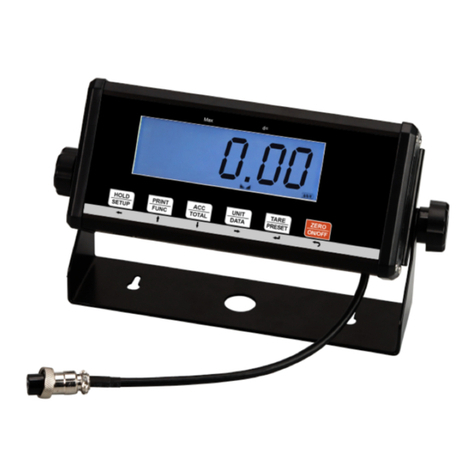
USA Measurements
USA Measurements US-4011 User and technical manual

Circutor
Circutor RGU-10 B RCM instruction manual

socomec
socomec DIRIS A40 Operating instruction
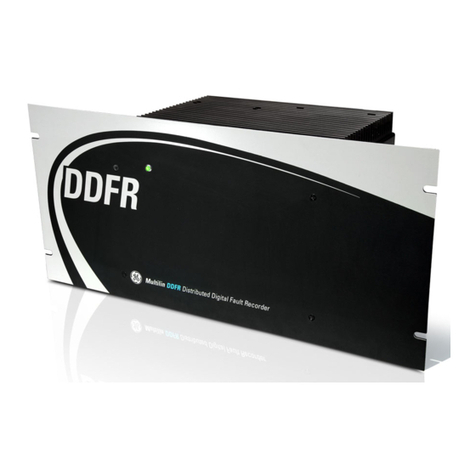
GE
GE Multilin DDFR instruction manual
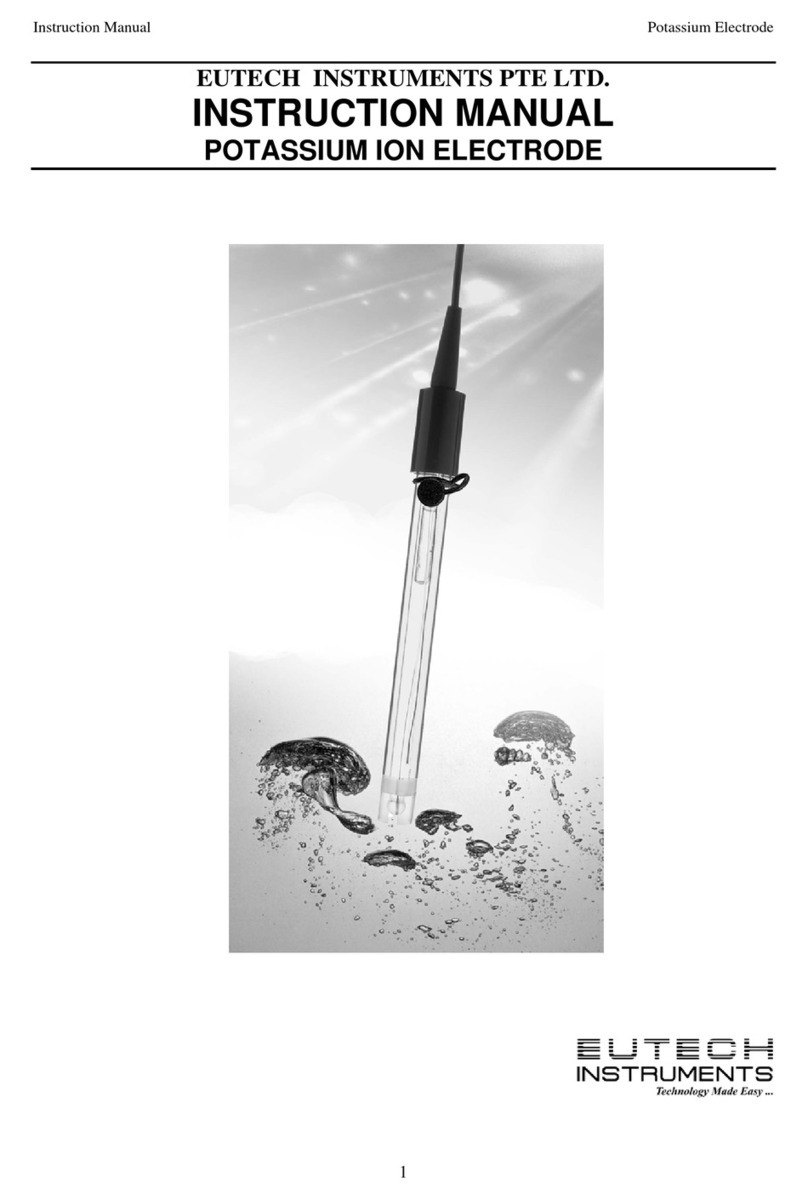
EUTECH INSTRUMENTS
EUTECH INSTRUMENTS POTASSIUM EPOXY instruction manual
